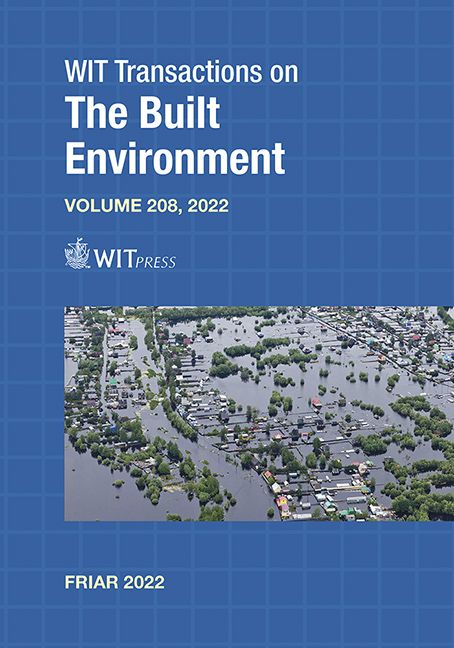DATA INTEGRATION, HARMONIZATION AND PROVISION TOOLKIT FOR WATER RESOURCE MANAGEMENT AND PREDICTION SUPPORT
Price
Free (open access)
Transaction
Volume
208
Pages
12
Page Range
81 - 92
Published
2022
Paper DOI
10.2495/FRIAR220071
Copyright
Author(s)
GEORGIOS VOSINAKIS, EVANGELOS MALTEZOS, MARIA KROMMYDA, ELEFTHERIOS OUZOUNOGLOU, ANGELOS AMDITIS
Abstract
Timely and reliable information is critical to organizations managing water resources. Drinking water is one main source of risk when its safety and security is not ensured. Early prediction and mitigation of such risks relies on prediction models that depend on live and historical data. Such data are quite heterogenous in nature, including sensor measurements, satellite imagery and radar readings, unmanned aerial vehicle (UAV) images and videos as well as results of prediction algorithms (flood risk, oil spills etc). AQUA3S is an EU funded project which combines novel technologies in water safety and security, aiming to standardize existing sensor technologies complemented by state-of-the-art detection mechanisms. Sensor networks are deployed in water supply networks and sources, supported by complex sensors for enhanced detection. Sensor measurements are supported by videos from UAVs, satellite images and social media observations from the citizens that report low-quality water in their area also creating social awareness and an interactive knowledge transfer. Semantic representation and data fusion provides intelligent decision support system (DSS) alerts and messages to the public through first responders’ mediums. This study presents the data ingestion, integration and harmonization platform that was developed to support the systems of the project, consisting of the necessary APIs, to ingest data, a harmonization layer and a data store layer The data is harmonized and indexed using the NGSI-LD model to make sure information can be indexed and served both is real time through a live context broker, as well as in the form of historical time series through a dedicated historical data service. The data store layer includes provisions for the storage of annotated binary files (images, videos, etc.) as well as georeferenced map layers following OGC protocols such as web feature service (WFS), web map service (WMS), and web coverage service (WCS).
Keywords
water safety, water management, WFS, WMS, WCS, decision support, NGSI, linked data, water resource management, digital twins





